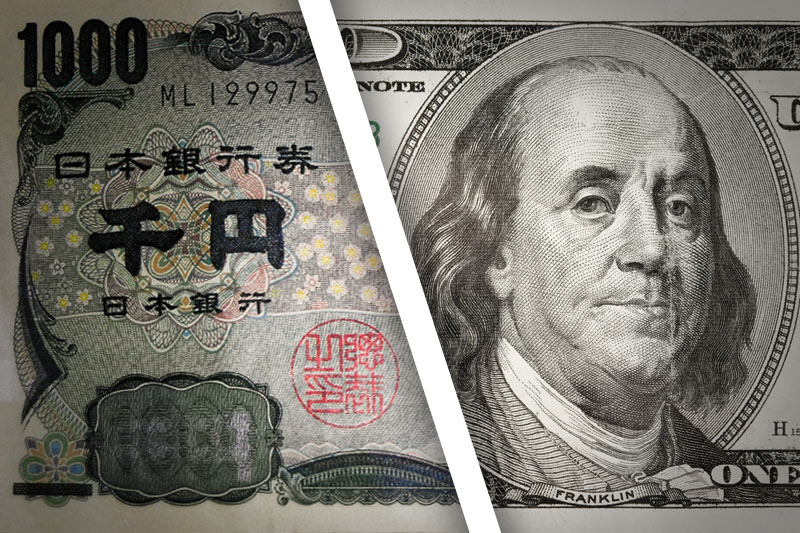Investing.com - The dollar moved higher against the yen on Friday, re-approaching six year peaks after data showed that the U.S. economy added more jobs than expected last month, indicating the economic recovery is on track.
USD/JPY was up 1.22% to 109.77 in late trade, not far from Wednesday’s six year highs of 110.07.
The US Dollar Index, which tracks the performance of the greenback against a basket of six major currencies, was up 1.23% to 86.79 in late trade, a high last seen in June 2010, capping its twelfth consecutive weekly gain. The twelve-week rally is the longest since the index was created in 1971.
The U.S. economy added 248,000 jobs in September, the Labor Department reported, well ahead of forecasts for jobs growth of 215,000. The unemployment rate ticked down to 5.9%, the lowest level since July 2008.
The upbeat jobs report was tempered by slow growth in wages. Average hourly earnings rose by 2.0% year-over-year, slowing slightly from August.
The robust employment data added to the view that the strengthening economic recovery may prompt the Federal Reserve to raise interest rates sooner. The central bank is on track to end its asset purchase program later this month.
In contrast, the Bank of Japan looks likely to stick to a loose monetary policy stance amid concerns over the outlook for inflation and growth.
The yen had pushed higher against the dollar earlier in the week as concerns over unrest in Hong Kong sent stocks lower, boosting safe haven demand for the Japanese currency.
Disappointing U.S. data on manufacturing activity and consumer confidence had also dented optimism over the outlook for the recovery, sending the dollar lower.
Elsewhere, the euro was little changed against the yen on Friday, with EUR/JPY at 137.38, holding above Thursday’s almost one month lows of 136.85.
The European Central Bank refrained from implementing additional stimulus measures at its meeting on Thursday, despite euro area inflation slowing to a five year low last month, indicating that it will wait to see the effects of recent stimulus measures on the region’s economy.
Data on Friday showed that the bloc’s service sector slowed more sharply than initially estimated in September, fuelling fears that the economy is losing momentum.
In the coming week, investors will be looking ahead to Wednesday’s Federal Reserve meeting minutes for further indications on the future possible direction of U.S. monetary policy. Meanwhile, the BoJ is to conclude its two day policy meeting on Tuesday.
Ahead of the coming week, Investing.com has compiled a list of these and other significant events likely to affect the markets. The guide skips Monday, as there are no relevant events on this day.
Tuesday, October 7
The BoJ is to publish its monetary policy statement and hold a press conference to discuss the monetary policy decision.
Wednesday, October 8
Japan is to publish data on the current account.
In the U.S., the Federal Reserve is to publish the minutes of its latest policy setting meeting.
Thursday, October 9
Japan is to release a report on core machinery orders.
The U.S. is to publish its weekly government report on initial jobless claims.
Friday, October 10
The BoJ is to publish monetary policy meeting minutes, which contain valuable insights into economic conditions from the bank’s perspective. Japan is also to release data on tertiary industry activity.
The U.S. is to round up the week with data on import prices.
